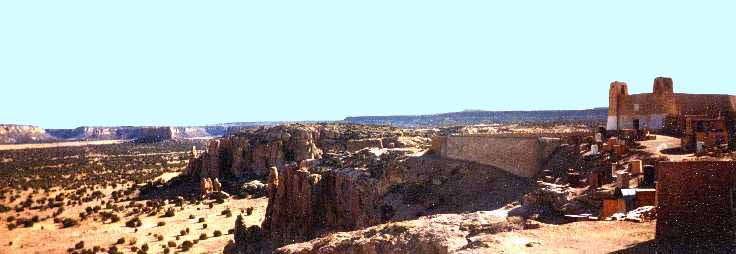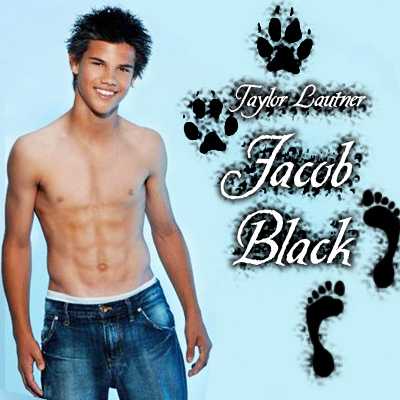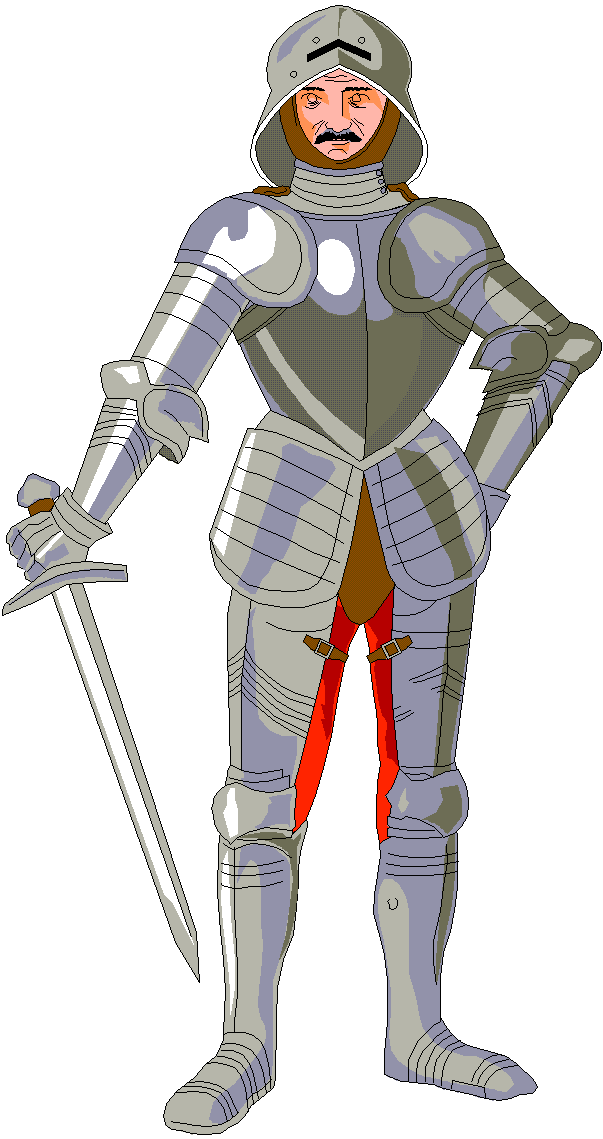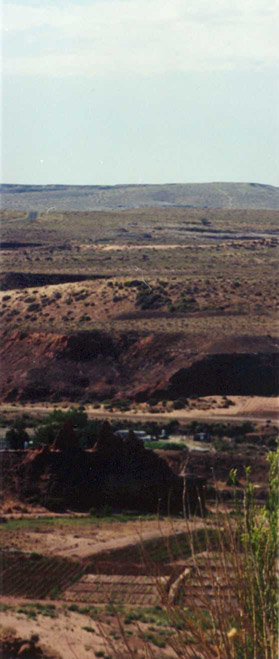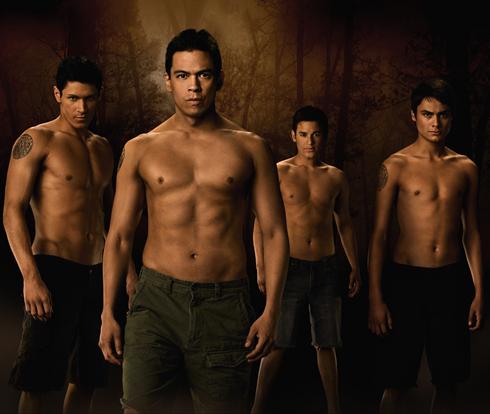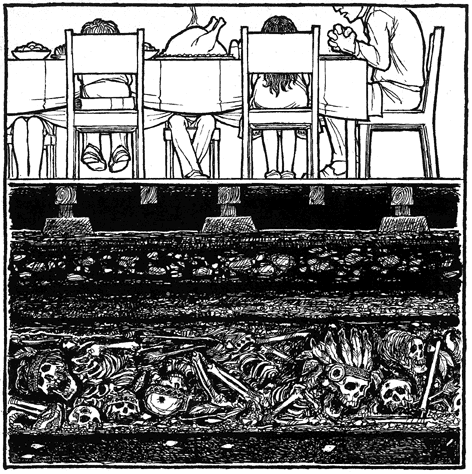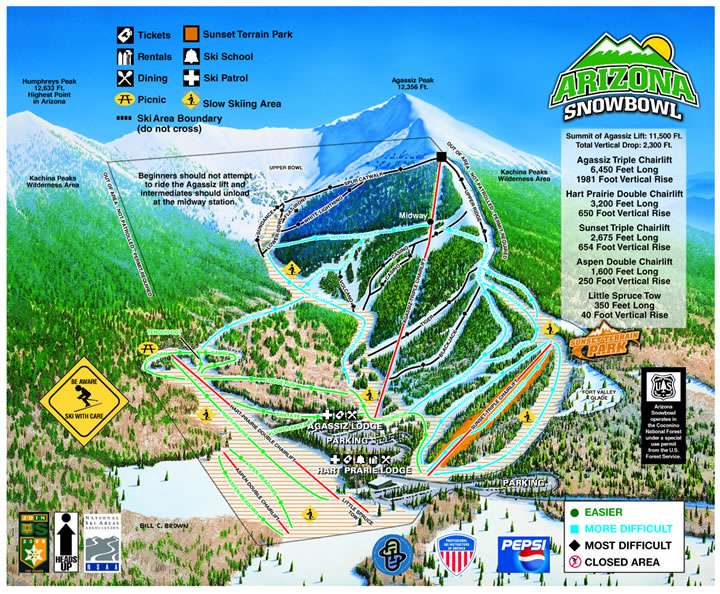In
Oneida Float in Macy's Parade, an anonymous commenter wrote:
It's to bad they OIN cannot practice what they preach. When NYS tried to treat them as equals and collect the taxes every other business owner is forced to abide by, the clan members took violent action against civilians and shot at NYS Police officers. All for what, so the OIN could have a bigger profit margin. I'm all for traditions but I only see Halbritter and most tribal gov's out for one thing--MONEY AND FREEBIES FROM THE US GOV. They can talk the talk to look good but they are could give 2 craps about mother nature and peace. Sad story.You probably shouldn't open your mouth on a subject you know little or nothing about. You'll only embarrass yourself. Unfortunately for you, it's too late now.
Tribes don't get "freebies" from the US government, in general. They get treaty benefits that they paid for with their land. If you don't like this arrangement, feel free to give the Oneida Indians their land back. Then you won't owe them anything anymore.
I don't recall anything about Oneida Indians shooting at New York state police recently, but it could've happened. If it did, the Indians probably thought they were under attack and fired in self-defense.
FYI, I don't think you can call armed representatives of the state government "civilians." A police force is a quasi-military organization, not a bunch of innocent civilians who just happened to stumble into a firefight. The only way Indians would shoot is if the state police were attempting to exert their questionable authority on sovereign land.
The Oneida Nation's businesses aren't like any other businesses because they're operating under a government-to-government treaty. The OIN claims that treaties forbid state taxation of Oneida businesses. Until a court issues a definitive ruling on the matter, the OIN has a right to defend its position.
If that bothers you, too bad. The Oneida were in New York long before your ancestors were. Move to a state where taxation isn't governed by a treaty--the "supreme law of the land," according to the US Constitution.
In short, your claim that tribes are "equals" like everyone else is founded on ignorance. A tribe is a political entity like a federal, state, or local government. State and local governments don't tax each other like "equals," and they have no right to tax tribes as "equals" either.
Most tribes are money-grubbers?Really, you think
most tribal governments exist to get money from the US? Then what was their purpose before the US was formed? To get money from the English or the Spanish?
Clearly you don't know what the hell you're talking about.
You must think these governments are pretty lame, since Indians remain among the poorest people in the country. So they're getting money from the US...and throwing it away on yachts and country clubs? Or what, exactly? If tribes are reaping such benefits, where's the evidence that they're enriching themselves?
Are you also upset by all the American corporations, bankers, and traders whose stated purpose is to maximize their profits? Whose greed was a primary cause of the recession that's harmed millions of Americans? Is it okay for these non-Indians to seek wealth but no one else? Give me a reason to believe you hate
all "money-grubbers"--that you're not a hypocrite and a racist who's prejudiced against Indians.
To put it mildly, you sound like a typical ignorant American who knows nothing about
tribal sovereignty or the law. Who thinks Indians are getting
special rights they didn't earn by giving up their land. Educate yourself, bright boy, so I don't have to do it for you.
For more on the subject, see the
Oneida Indian Nation website and
The Facts About Tribal Sovereignty.



